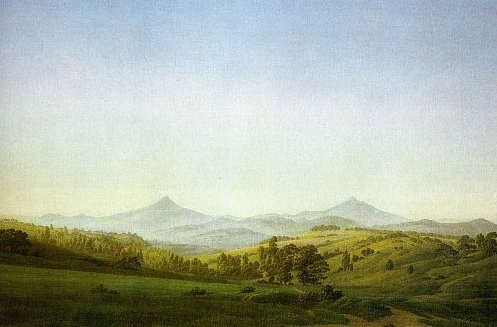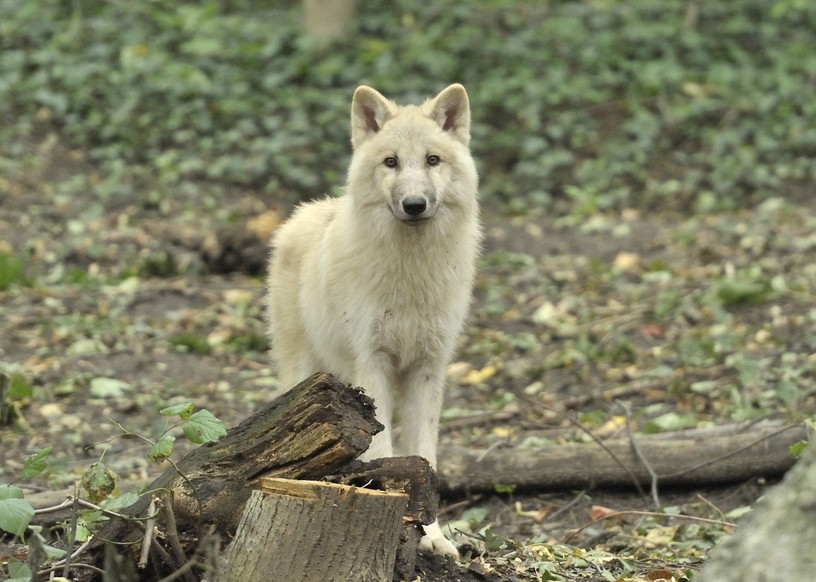


Romantic styles and subjects varied widely throughout Europe and America, ranging from tranquil contemplative scenes to spectacularly staged events, and it is precisely this diversity that lends Romantic art its fascination and lasting influence. Yet Romantic artists, searching perhaps for unattainable ideals, also looked back to the late medieval and Renaissance periods for nostalgic themes of Judeo-Christian heritage drawing from these, they believed that a politically and intellectually enlightened utopia could be achieved.

Beginning in the early 19th century, Romantic ideals developed largely in opposition to the traditions of Greco-Roman antiquity, and advocated an open-ended and progressive―that is, modern―view of the age. "synopsis" may belong to another edition of this title.In a revolt against rationalism, Romanticism sought to return to nature and the belief in the goodness of humanity, with the artist considered to be a profoundly individual creator. Artists featured among others: Albert Bierstadt, George Bingham, William Blake, Carl Gustave Carus, Frederic Edwin Church, Thomas Cole, John Constable, Peter von Cornelius, Jean-Baptiste Camille Corot, Eug?ne Delacroix, Carl Philipp Fohr, Caspar David Friedrich, Henry Fuseli, Fran?ois G?rard, Th?odore G?ricault, Francisco Jos? de Goya, Antoine-Jean Gros, Jean Auguste Dominique Ingres, Friedrich Overbeck, Franz Pforr, Pierre-Paul Prudhon, Ludwig Richter, Carl Rottmann, Philipp Otto Runge, Karl Friedrich Schinkel, Carl Spitzweg, William Turner Yet Romantic artists, searching perhaps for unattainable ideals, also turned back to the late medieval and Renaissance periods for nostalgic themes from the Judeo-Christian heritage with the aid of these themes, they believed that a politically and intellectually enlightened utopia could be achieved.

Beginning in the early 19th century, Romantic ideals developed largely in opposition to entrenchment in the traditions of Greco-Roman antiquity, and advocated an open-ended and progressive?that is, modern?view of the age. Harmony between man and nature In a revolt against Rationalism, Romanticism was characterized by a return to nature and belief in the goodness of humanity, with the artist considered to be a profoundly individual creator.


 0 kommentar(er)
0 kommentar(er)
